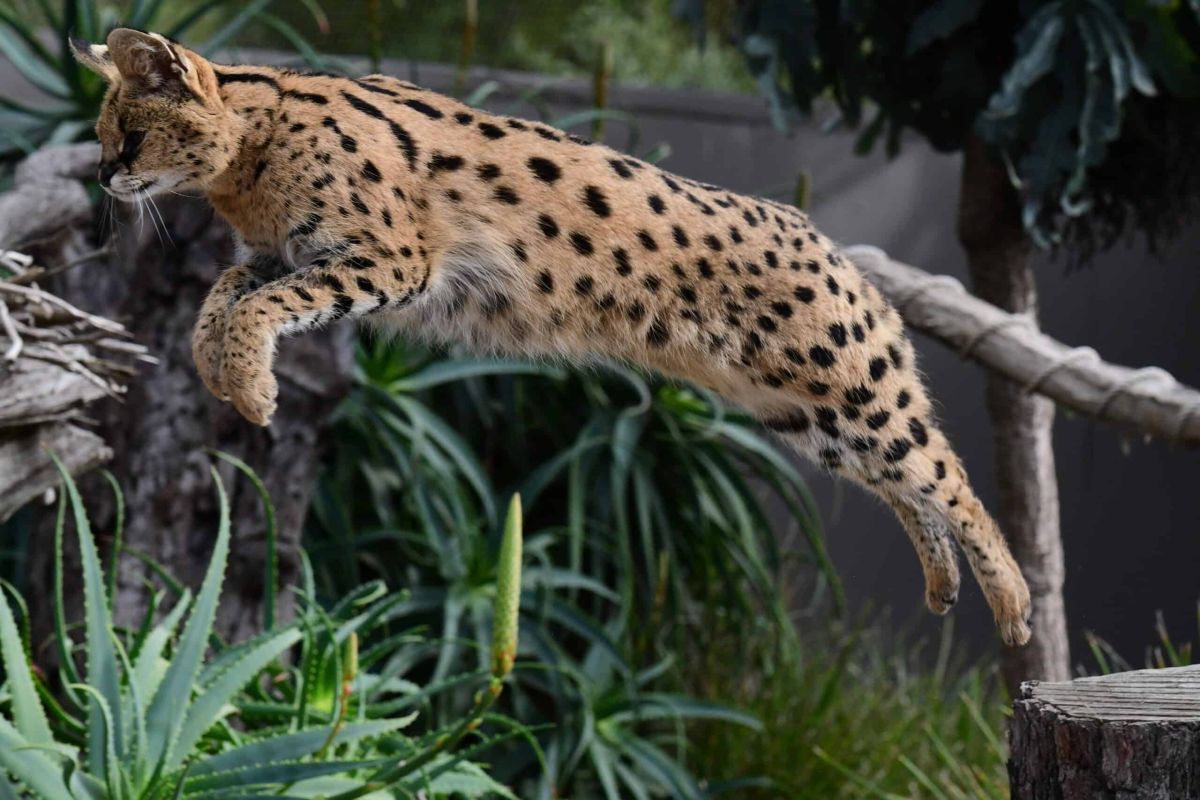Exploring the Jumping Abilities of Different Cat Species

Cats, renowned for their grace and agility, possess incredible jumping capabilities that reflect their evolutionary adaptations. From domestic felines to their wild relatives, each cat species showcases unique jumping prowess that is shaped by their size, habitat, and hunting strategies. In this article, we will explore how high various cat species can jump, delving into the biology behind their extraordinary leaping abilities.
Domestic Cats: Masters of Verticality
The average domestic cat (Felis catus) is known for its impressive jumping skills, which stem from its powerful hind leg muscles and flexible spine. On average, domestic cats can jump up to six times their body length, which translates to about 6 to 8 feet (1.8 to 2.4 meters) in height. An agile feline can leap even higher under certain conditions, using their remarkable ability to rotate mid-air to land on their feet safely – a skill often referred to as “righting reflex.”
Larger Felines: The Wild Jumpers
1. Cheetah (Acinonyx jubatus)
The cheetah is the fastest land animal and exhibits incredible agility. While primarily known for its sprinting speed of up to 60 miles per hour, the cheetah can also jump impressive distances. When it comes to vertical leaps, cheetahs can jump up to 10 feet (3 meters) high, which assists them in traversing uneven terrains while hunting.
2. Leopard (Panthera pardus)
Leopards are skilled climbers and utilize their jumping abilities to navigate their arboreal habitats. They can leap up to 20 feet (6 meters) horizontally and about 10 to 12 feet (3 to 3.6 meters) vertically. Their powerful legs and flexible bodies allow them to easily ascend trees to escape predators or stalk prey.
3. Cougar (Puma concolor)
The cougar, also known as the mountain lion or puma, is celebrated for its strength and ability to jump. Cougars can leap vertically up to 18 feet (5.5 meters) and cover horizontal distances of around 40 feet (12 meters). This agility assists them in hunting in rugged terrains and pouncing on prey with precision.
4. Tiger (Panthera tigris)
Tigers are the largest of the big cats and possess impressive strength. They can jump anywhere from 10 to 15 feet (3 to 4.5 meters) vertically. Their muscular build enables them to cover significant distances while leaping, making them formidable hunters in their natural habitats.
5. Caracal (Caracal caracal)
The caracal, known for its distinctive tufted ears, is a proficient jumper. This medium-sized wildcat can leap vertically up to 10 feet (3 meters) high, often using this ability to catch birds in mid-flight. Their powerful hind legs give them the burst of energy needed to execute these impressive jumps swiftly.
Unique Jumping Skills in Specialized Cats
Some lesser-known species also exhibit fascinating jumping abilities that reflect their specific environments and survival strategies.
1. Serval (Leptailurus serval)
The serval is a medium-sized wildcat with long legs, making it an excellent jumper. This feline can leap up to 12 feet (3.7 meters) high and is known for its ability to jump vertically to catch birds or other prey. Its long, powerful hind legs give it exceptional athleticism, allowing for impressive aerial displays.
2. Snow Leopard (Panthera uncia)
Adapted to the rugged, mountainous terrain of Central Asia, snow leopards are remarkable climbers and jumpers. They can leap over 30 feet (9 meters) horizontally and can also jump vertically for about 10 feet (3 meters). Their incredible jumping skills help them navigate steep cliffs and rocky landscapes while hunting for prey.
Conclusion
Jumping is a vital skill for cats, be they domestic or wild, influencing their hunting techniques, locomotion, and evasion strategies. Each species has evolved unique jumping abilities that cater to its specific needs, showcasing the incredible diversity among these remarkable animals. From the impressive leaps of a domestic cat to the awe-inspiring jumps made by cougars and snow leopards, the world of felines is a testament to nature’s ingenuity in creating agile and powerful hunters.
As we continue to study and admire these creatures, let us appreciate not just their beauty and grace, but also the extraordinary physical adaptations that allow them to conquer the vertical realms of their environments.



